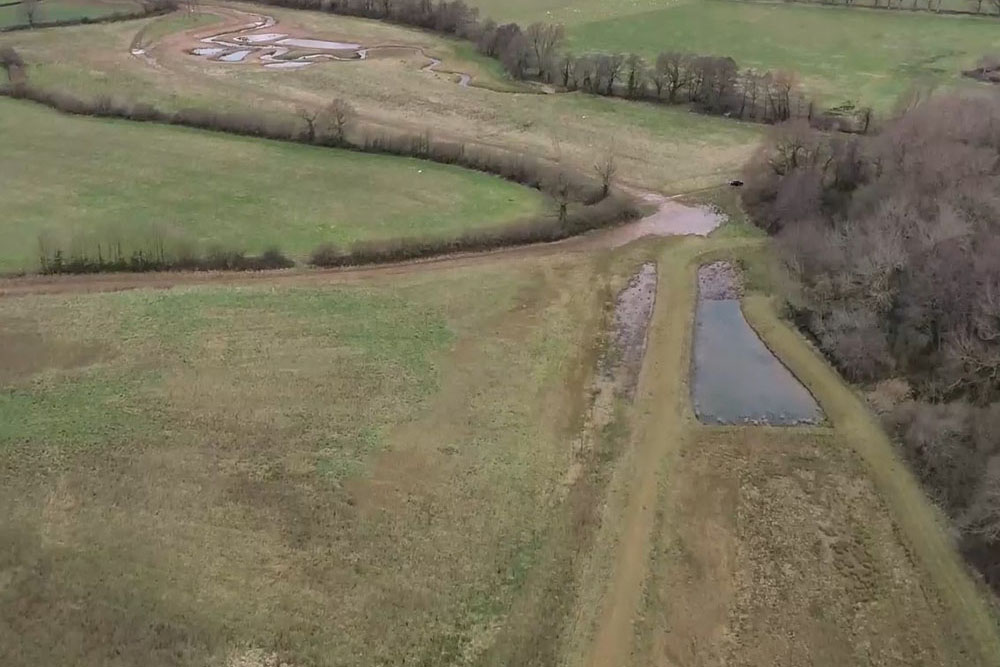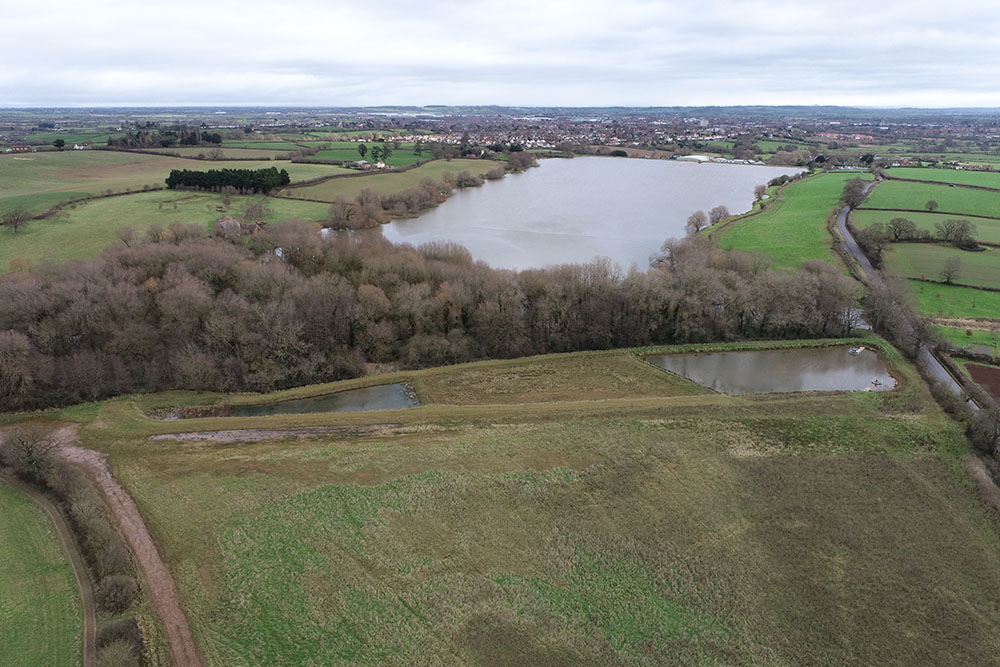Habitat enhancement is taking root at Durleigh
Nature is getting a helping hand from our project to boost biodiversity just outside Bridgwater.
What are we doing?
We're creating a variety of habitats in which a wide range of trees, plants and animals can thrive next to Durleigh Reservoir to the west of the town over the coming months.
Teams will move on to the land during July to start preparing the ground on two fields previously used for arable farming, the latest stage of our investment in and around the reservoir, which supplies drinking water to more than 44,000 people in the area.
The habitat work follows the company's previous project at the same site which saw a new wetland created that has substantially reduced chemicals, sediment and silt within Durleigh Brook, improving the quality of water reaching the reservoir and nearby water treatment centre.
This latest phase will see more than 1.5 hectares of lowland meadow created on adjacent land, while more than 4.5 hectares of trees will also be planted to sit alongside the previous river realignment work. A further 15 ponds and scrapes, or seasonal shallow ponds, will also be dug.

What is this project aiming to achieve?
Conservation, Access and Recreation (CAR) Manager Tom Reynolds said: "By creating these habitats we can complement our previous river realignment project, providing further permanent and seasonal ponds on site, creating features that mimic those found in ancient woodlands, plus delivering a mosaic of habitats that include wetlands, meadows and species-rich grassland.
"We'll be maintaining these habitats into the future and planting woodland and meadow species that are appropriate to the local area and reflect the different ground conditions, particularly soil moisture and nutrients, across the site.
"The key habitats created by this project will help to promote greater biodiversity across the area."
Woodland species such as willow, oak, lime, wild cherry, dog rose, hawthorn and crab apple will be among those planted, while newts, frogs and grass snakes will benefit from the wet areas.
The range of ponds will be dug during July and August as a more varied ground surface is prepared to allow the sowing of the meadows and tree planting to be completed from the autumn of 2024.
Tom added: "Public footpaths will stay open during this work and where there may be minor diversions, we'll be placing signs to inform path users and maintain safety, as well as working sensitively to minimise the impact on existing wildlife and local enjoyment of the area."
The project is one of our current WINEP (Water Industry Natural Environment Programme) projects being completed before 2025 that will see the industry meet environmental obligations as set out by the Environment Agency.

What else are we doing?
Several schemes to restore and create priority habitats across at least 25 hectares of land are already under way, including restoring limestone grasslands at Charmy Down near Bath and a cattle-grazing project to help preserve and enhance Bleadon Levels, near Weston-super-Mare.
Our £50 million reconstruction of the Durleigh water treatment centre at the eastern end of the nearby reservoir came into supply in late 2022, to provide an improved water supply to customers in the Bridgwater area.
Find out more about the Durleigh Habitat project.
